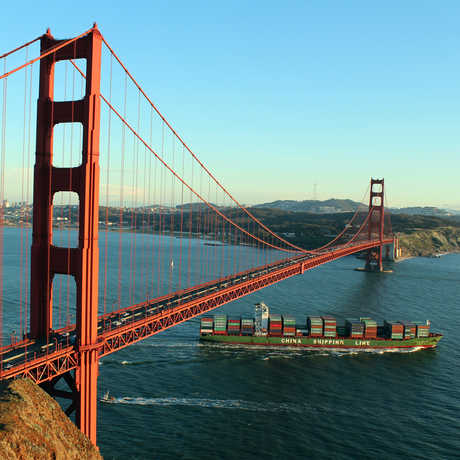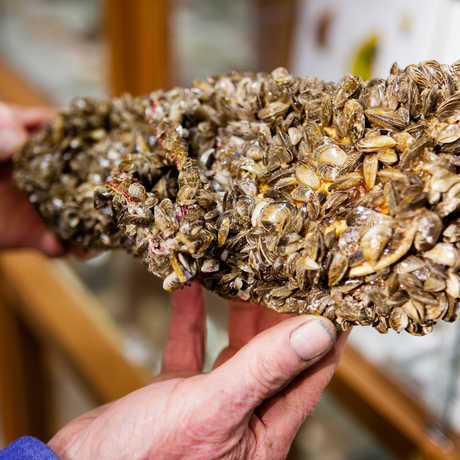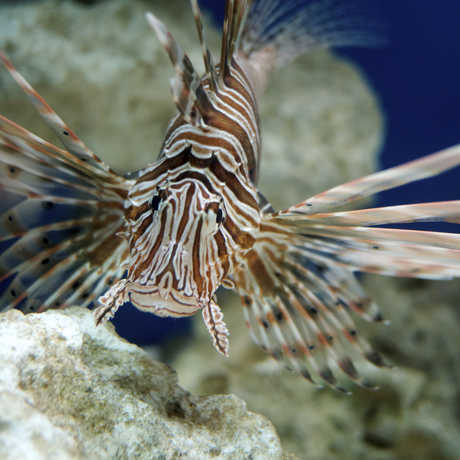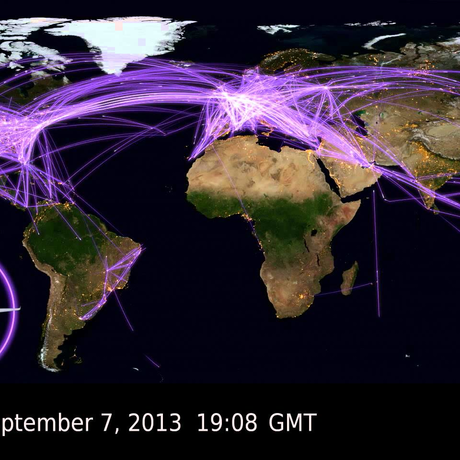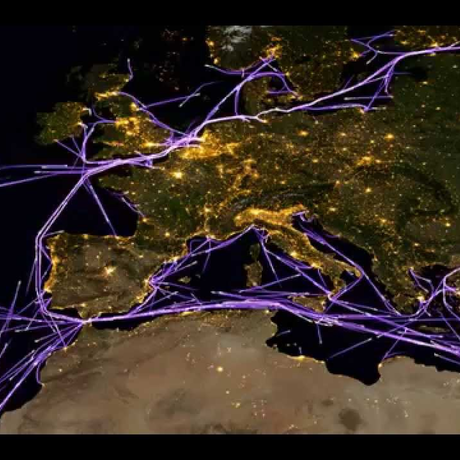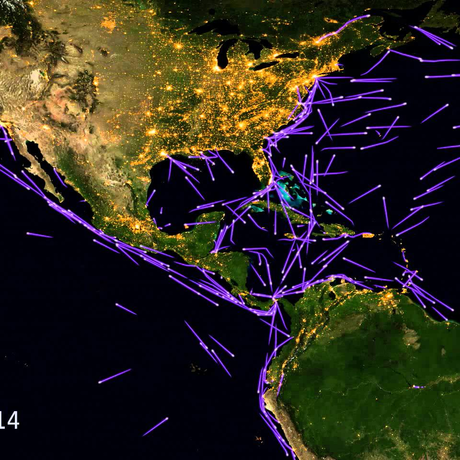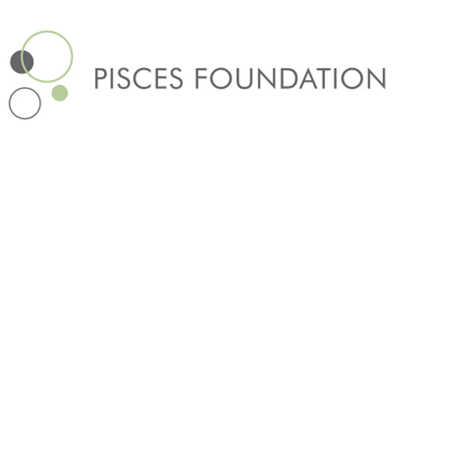Invasion of an Exotic Species: Stop the Zebra Mussel!
This website from the Virginia Sea Grant Marine Advisory Program includes several activities and resources to teach students (grades 8-12) about the invasive zebra mussel.
KQED Quest: San Francisco Bay Invaders
How do exotic species impact native species, and why is it a big deal if exotics enter our bay and change the ecosystem? Explore these and other questions with students of all ages after watching a short (~10 minute) video clip.
Turtle hybrids
The Academy's Brian Simison looks at the response of native species to competition in their native ecosystem by investigating how invasive species’ DNA affects that of native species.
Fishy Controversy
Will invasive Asian carp cause problems for native species living in the Great Lakes? Read about the controversy here.
Visualizing Global Travel
Read how visual effects artist Erik Krumrey used computer graphics to make data come to life in Habitat Earth.
Preventing Whale Ship Strikes
How do whales respond to an oncoming ship? The answer could provide insight into reducing ship strikes in the future.
Shipping Lane Changes
Learn how extended shipping lanes into the San Francisco Bay could reduce vessel strikes with whales.
Sounds of the Sea: Shipping
What does a tanker ship sound like from underwater? Listen here!
Fighting Invasive Species
Read about how some scientists are proposing an invasive species 'Black List' as a way to monitor alien species and prioritize conservation measures.
NOAA: Alien Invasion!
What are invasive species, why are they a problem, and what can be done about them? Explore these questions with your students in this lesson designed for grades 9-12.
Sea Grant Great Lakes Network: The Great Lakes Invasion
This informative curriculum guide is a one-stop shop for aquatic invasive species education, covering everything from what invasive species are and how they were introduced to individual profiles on specific invaders.
Oregon State Sea Grant: Design the Ultimate Invader
In this lesson (for grades 9-12, but adaptable for other grade levels), students apply their current knowledge of biology and ecology to design and critically evaluate the ultimate invasive species.
Weed Invasion
This curriculum is for teachers who want to integrate the topic of invasive weeds into their classroom.
The New York Times Learning Network: Nature's Invaders: Exploring the Effects of Invasive Species on Local Ecosystems
What are invasive species, and how do they affect ecosystems? In this lesson, students learn how an invasive species and a native species experiencing a population explosion may threaten some of the world’s oldest trees, bristlecone pines in the Western United States.
NOVA: Invasive Species Matching Game
Students can learn more about invasive species in this interactive matching game.
National Teacher Training Institute: Battlefield Earth
Engage your students and introduce them to the dilemma of deadly invaders using games and media.
Canadian Museum of Nature: The Invaders
Explore how invasive species like the zebra mussel can impact biodiversity in Canada’s rivers.
National Geographic: Aquatic Invaders
In this activity designed for grades 6-8, students will discover how the various elements of the Chesapeake Bay ecosystem are interconnected and investigate some of the issues associated with invasive species.

